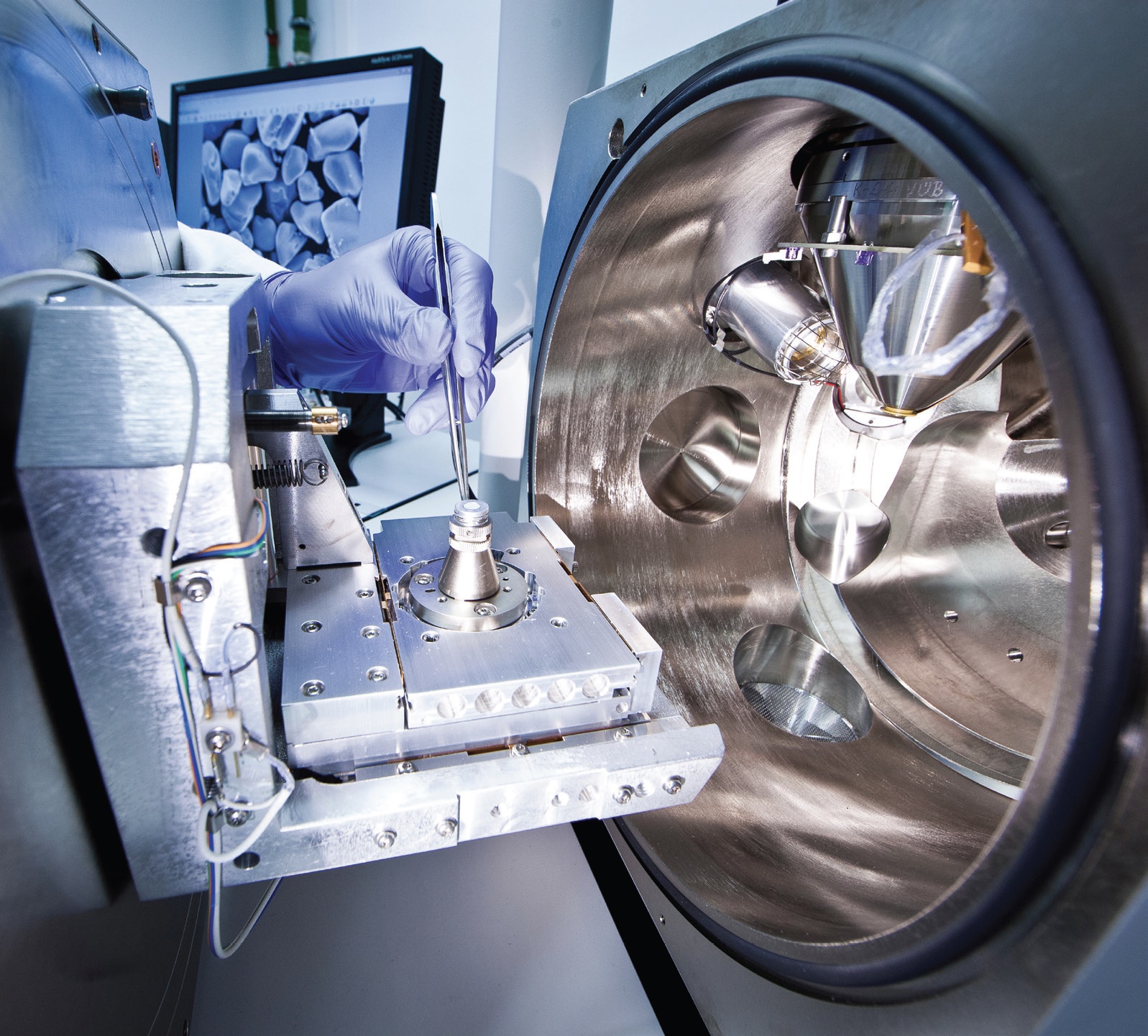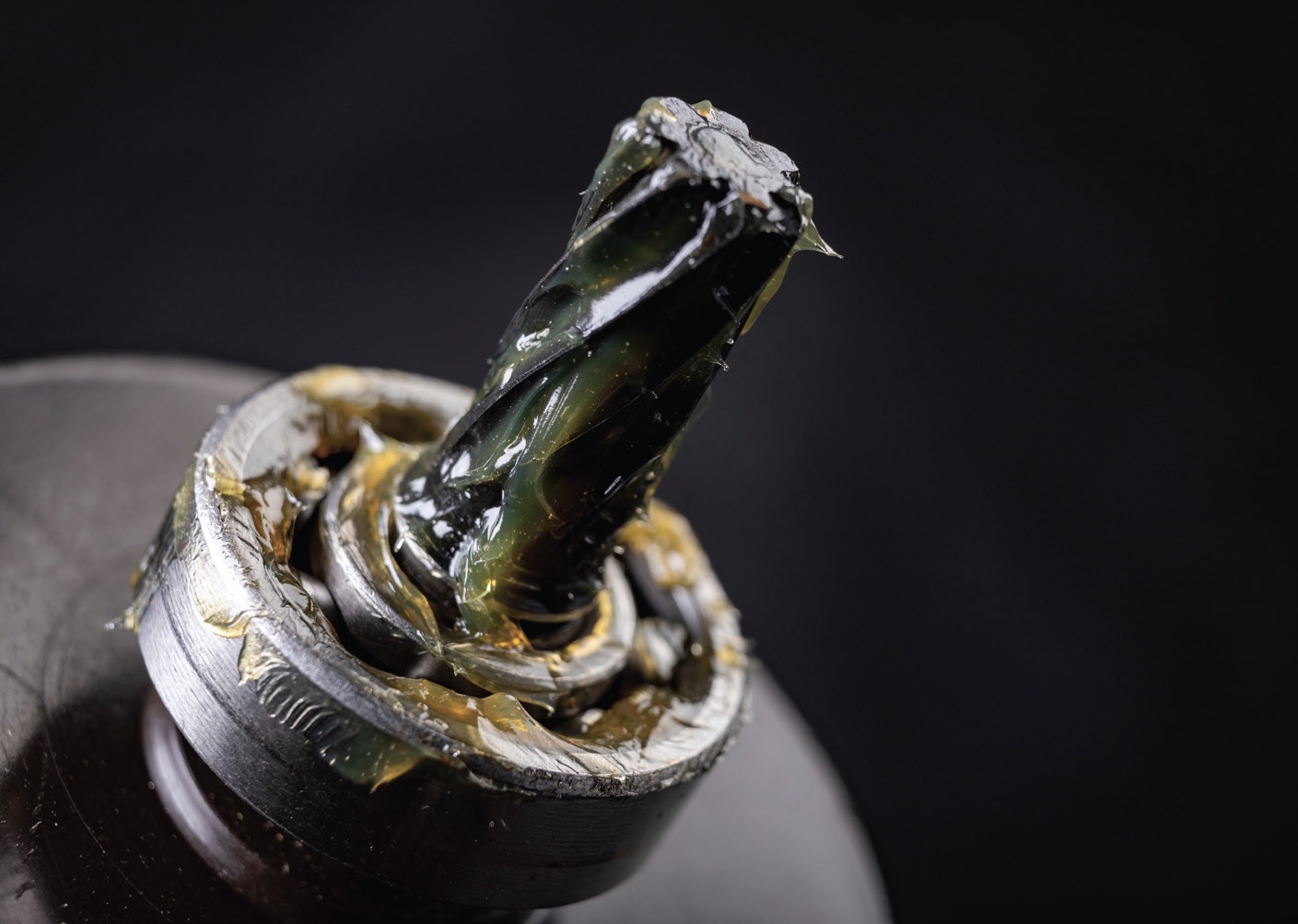Executive Summary
Strategies for avoiding and handling bearing failure can vary depending on many factors, including the type of bearing, the signs of failure observed and the background and expertise of the technician. Many readers reported root cause analysis and microscope examination as widely used methods for bearing failure analysis; a majority conduct failure analysis in-house, but some send out an old bearing for analysis. A major challenge to failure analysis is accessing the bearing before it reaches catastrophic failure. Not only does catastrophic failure result in downtime, but it also can be more difficult to determine the root cause of failure if there are multiple contributing factors. A large majority of readers report that they seek a solution or remedy rather than just a failure identification when they conduct a failure analysis.
Q.1 If performing an analysis into a shortened bearing life or premature bearing failure, which method do you find works best?
As soon as the bearing gives a signal (vibration/noise/temperature), try to take it out before it fails completely. Only then a good analysis is possible.
Physical, chemical.
I’ve done failure analysis on rolling element and plain bearings for more than 50 years. The only way to do an accurate analysis and understand the multiple causes is to start with an inspection of the site, then ask for the history of both the maintenance and the operations in the area. Following that, take lots of photos of both the failed bearing and the site, then start looking at the bearing components.
Contact the bearing supplier for advice.
Complete dismantling and cleaning of the bearing for inspection.
Applying a deck microscope is a good tool to start evaluating at first. It is an easy and fast method to estimate a reason for the bearing failure and figure out what kind of additional advanced test techniques to use further.
Failure mode and effects analysis.
What is your usual procedure when faced with a shortened bearing life or premature bearing failure?
Replace and move on
31%
Perform a bearing failure analysis yourself
66%
Send the old bearing out for analysis
17%
Based on an informal poll sent to 15,000 TLT readers. Total exceeds 100% because respondents were allowed to choose more than one answer.
I have a detailed bearing failure analysis and investigation procedure. Outline is: 1). Gather information. 2). Review condition of all parts of the engine. 3). Consider possible failure modes and progression of failure. From that point, there are a number of resources to guide the investigation based on the findings.
If using a rolling element bearing, I will replace and move on. But I am working for a fluid film bearing company, so any premature failure is significant, so we will use plan, do, check, act tools to explore possible causes.

Visual examination and examination by microscope.
Atomic force microscope, X-ray photoelectron spectroscopy.
Visual examination. Technical review of operational data. Microscope examination. Destructive tests. Oil analysis, vibration analysis, etc.
Troubleshooting on: 1.) lubrication problem and 2.) mechanical problem.
Scanning electron microscopy. If suitable, grease analysis (infrared spectroscopy, water content, etc.). If suitable, analysis of particulate matter being present.
Microscopy of the bearings, examination of the lubricant for abnormalities.
Root cause failure analysis.
Debris analysis for roller bearing vibration analysis.
Q.2 If performing an analysis into a shortened bearing life or premature bearing failure, what is the most challenging problem?
Get the bearing out before complete failure.
Access, for we are a 24/7 plant.
A lack of good history on the operation and maintenance. But when you ask about bearing failures, it would help if you clarified whether you’re looking at rolling element bearings or plain bearings. For example, 0.1% water in the lubricant is deadly where rolling element bearings are involved, but inconsequential when talking about plain bearings.
Determining the sequence of damage, as often there are multiple signs of different damage types.
Most inspections are conducted after a total catastrophic failure. Often the true “root cause” is difficult to determine because of the gross deformation of the parts.
In your experience, why do most bearings fail?
High water
16%
Incorrect lubricant being used
61%
Poor particle/particulate filtration
39%
Acidic corrosion
16%
Other
45%
Based on an informal poll sent to 15,000 TLT readers. Total exceeds 100% because respondents were allowed to choose more than one answer.
Correctly determine the major reason(s) of the failure and how fast it is possible to overcome this issue.
Removing seals and cage.

In most cases, the failure destroys much of the evidence that would indicate directly what the root cause was. Thus, initially it is the circumstantial and surrounding evidence that must be relied on. If the situation is repeating, a proactive (before failure is known to be in progress) investigation or luck of finding failure in early stages can be instrumental in identifying true root cause(s).
Get the running history and understand exactly what happened.
Root cause analysis.
Design new materials or lubricants from molecular level.
To get a reliable diagnosis when it was a catastrophic failure.
1.) Selection of the right lubrication. 2.) Bearing in perfect alignment.
To find the reason for the shortened bearing life or premature bearing failure.
Consequential damage occurs very quickly so that the actual cause is no longer recognizable.
Having the maintenance team hold the failed bearing in place until we can break it down and document.
In the case of many bearings, identification of the bearing that is failing without the necessity to disassemble the device’s components.